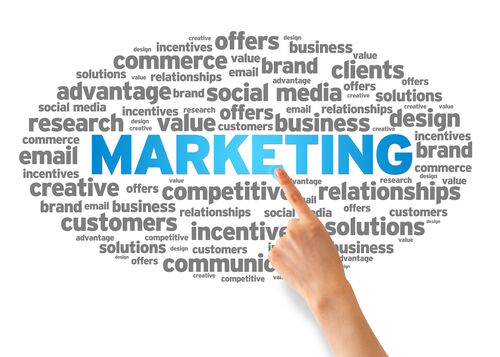In this post, we share some basic tips for those of you who are just starting out in email marketing. You might be about to launch a regular email newsletter to raise awareness of your work and/or invite your readers to sign up to a product or list (responding to a 'call to action’ or COA).
While email marketing has been described as 'one of the oldest digital marketing techniques’, it remains highly effective. Conversion rates from marketing emails tend to be about three times higher than from social media.

Here are our top five tips to bear in mind:
1. Personalise your emails
An email that reads like a generic message sent to hundreds of list members is much less likely to be read and acted on. By starting your email with your list member’s name, you are more likely to catch their attention. With Simplelists, you can add a member’s name into your emails (see how here). You might also want to think about more imaginative ways to customise the content of your email to match with the reader’s age, gender, location etc. Little details like this are likely to give you email a more 'human touch’ and help the email to feel more relevant to the recipient.
2. Get to the point and keep it relevant
Recipients like to receive messages that are relevant to them so it’s not a good idea to try to sell or promote something that they didn’t sign up for in the first place. Communicate key messages at the top of your email content, especially as many email clients do not automatically show the whole email. Therefore, the top content needs to motivate recipients to scroll down. It is also a good idea to keep the subject line short and concise. You should try to avoid words that might be seen as 'junk’ by spam filters (e.g. 'free’ or 'cheap’). You can read more about how to write a good subject line in an earlier post on our blog.
3. Use visuals
Today, we access our emails on a variety of devices at different times of the day. We can be at our desk, on the move, commuting, or relaxing at home. So, visuals can be an essential tool for sending an email that is more engaging than your competitors’, catching the eye of the recipient and encouraging them to read it. Images are processed much faster than text by the brain and, as we all know, our attention span is short in an age where emails and other notifications bombard our devices 24 hours a day. Some good ideas to try include: charts/diagrams, graphs, icons, videos (or a thumbnail link to a video), headers and emojis. Every audience is different though, so make sure the visuals you use are suitable for your recipient group.
4. Target/segment the recipients
It is important to remember that the goal of most email marketing campaigns isn’t simply to deliver a message. It can be to raise awareness of an organisation’s work, sell a product, fill in a form, etc. Ultimately, you are prompting a COA (call to action). While following tips 1-3 above will ensure that your email is relevant and engaging, it is also worth thinking about further targeting, or separating your contacts into different groups, depending on certain characteristics/activities. You can then personalise your emails for each group. With Simplelists, you can do this by using multiple lists to manage your contacts.
5. Measure success
At the end of the day, it is not worth putting all of this work in if you do not have a sense of the results that you are achieving. It is a good idea to decide what you would like your 'key performance indicators’ to be. Examples might be:
- open rate (how many people opened your email);
- click-through rate (how many people clicked on links in your email);
- click-to-open rate (the number of unique clicks/number of unique opens);
- bounce rate (how many emails didn’t get delivered);
- delivery rate (emails sent, measured against bounces);
- unsubscribe rate (how many people unsubscribed from your list);
- referral rate (how many people sent the email on to someone else); and/or
- number, or proportion of, spam complaints.
